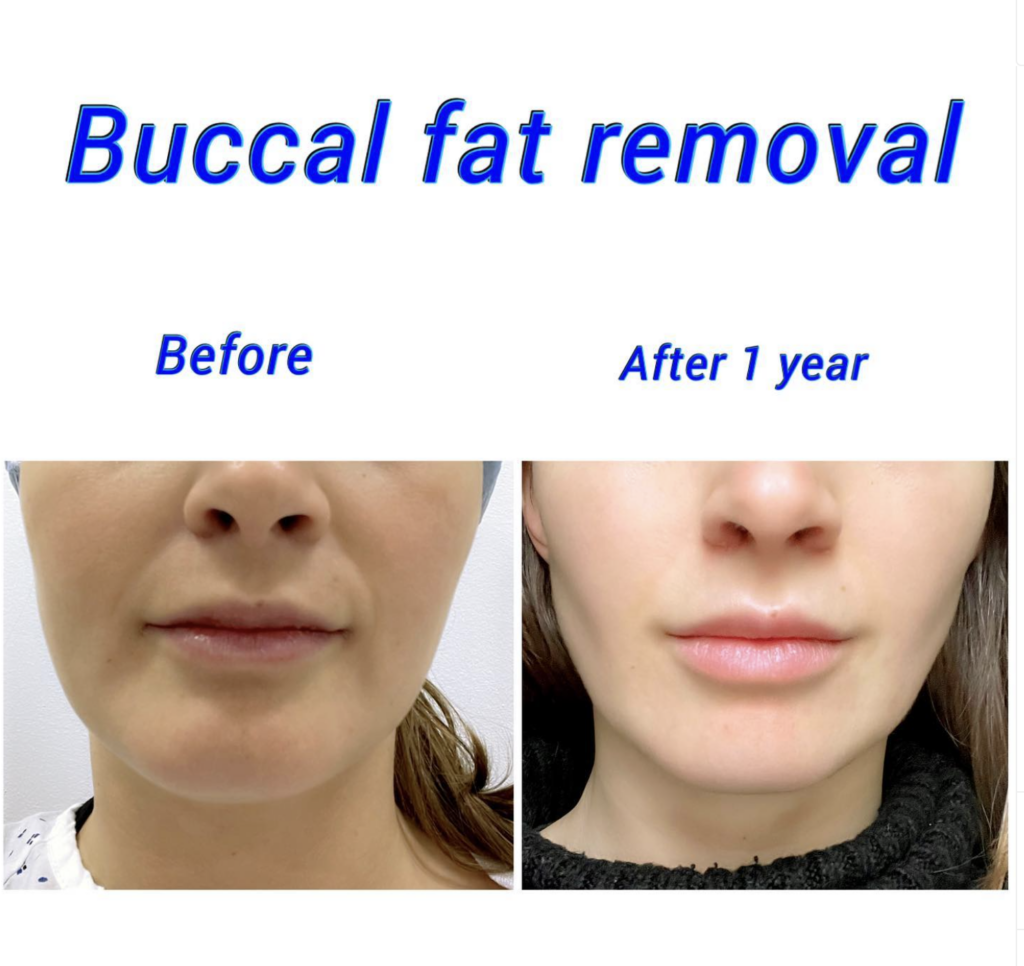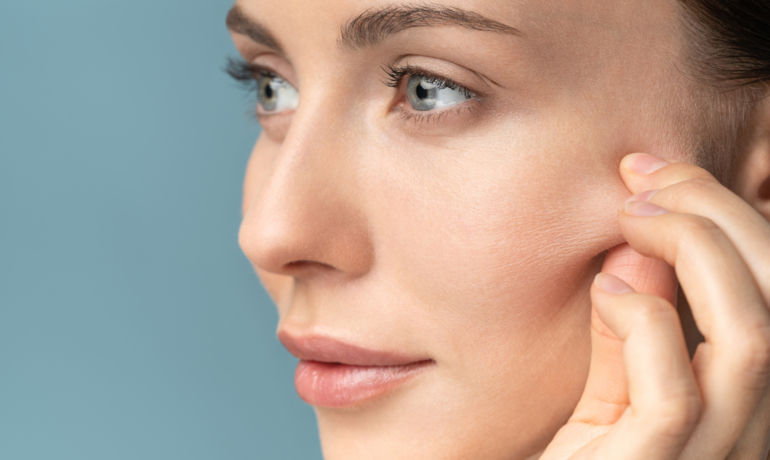Buccal fat removal, London, a surgical technique for reducing facial fat, has become increasingly popular over the last couple of years. Models, actors and other celebrities have turned to this procedure to achieve their signature sculpted face.
But have you ever wondered what can happen to your facial appearance after undergoing facial fat reduction? Let’s look into the future and explore the potential changes your face might undergo a decade down the line.
Reducing Facial Fat: What is Buccal Fat Removal?
Buccal fat removal involves the strategic elimination of fat pads located in your cheeks. These buccal fat pads contribute to facial roundness or ‘fullness’ which is not the current aesthetic ideal. It’s possible to have a round face even if you’re very slim and fit otherwise.
During buccal fat removal, which is typically performed under local anesthesia, small incisions are made inside the mouth, allowing the surgeon to access and remove the buccal fat pads. The cheek reduction incisions are then closed with dissolvable sutures, leaving no visible scarring.
By carefully excising these pads using a specialised technique, your plastic surgeon can give you the contoured facial proportions you’re after.

How Buccal Fat Removal May Affect Your Future Appearance
While the initial buccal fat removal benefits can be immediate and dramatic, it’s essential to consider the long-term effects.
For example, let’s say you had buccal fat removal done in your 20’s and you’re very happy with your facial appearance now. Fast forward a decade post-surgery, and you might notice some undesirable changes in your facial contours.
Over time, our facial anatomy naturally undergoes various alterations due to aging, lifestyle factors, and genetics. There’s no denying that buccal fat removal can lead to a more sculpted look in the short term.
In your 40’s and 50’s, the loss of facial fat from previous cheek reduction surgery, coupled with changes in skin elasticity, may alter your face in unexpected ways.
It’s possible to experience a hollowing effect in the cheeks, giving your face a gaunt appearance. You may also develop premature fine lines and wrinkles around the mouth and eyes due to lack of structural supports.
Fortunately, these changes are typically subtle and can be managed with proper skincare and, if necessary, additional cosmetic procedures such as dermal filler.
Who is a Good Candidate for Reducing Facial Fat?
Buccal fat removal isn’t for everyone. Ideal candidates for cheek reduction are individuals who:
Have Excess Face Fat:
Whether due to genetics or other reasons, excess buccal fat can give the appearance of a round face or chubby cheeks. If this bothers you, then buccal fat removal can help you achieve your desired facial aesthetic.
Desire More Definition:
If you have a full face and would like to improve your facial contours, fat removal surgery can achieve a more sculpted and defined jawline and cheekbones.
Good Overall Health:
Buccal fat removal candidates should be free from any medical conditions that may be contraindicated for local anesthesia, pain medication and surgery.
Have Realistic Expectations
Although fat removal surgery can produce dramatic and aesthetically pleasing results, it won’t make you look like your favourite celebrity who has also undergone the procedure. Each patient can expect results unique to their own facial anatomy.
Who Should Not Get Buccal Fat Removal?
As with any surgical procedure, buccal fat removal is not recommended for everyone. You may want to reconsider undergoing this type of facial plastic surgery if you:
Have a Thin or Narrow Face:
Buccal fat removal is not a good method of surgical cheek contouring if you’re naturally slim. Your face has little fat padding as it is and removing too much can result in a gaunt or hollow appearance now and in the future.
Are On a Weight Loss Journey:
Gaining weight can make your face and cheeks appear chubby due to the presence of excess fat tissue. If you’re in the process of losing weight then buccal fat removal surgery is not recommended as the final results may be unpredictable.
Have a History of Facial Nerve Disorders
Buccal lipectomy is contraindicated if you have problems with facial nerves or sensation, as the surgery may pose risks to nerve function.
Have Other Conditions
If you’re prone to excessive scarring or have a compromised immune system, plastic surgery in general is not recommended as this may affect the healing process and your fat removal recovery.
It’s crucial to discuss your concerns and aesthetic goals with a qualified buccal fat removal surgeon. During your initial consultation, they will assess your candidacy and recommend the most appropriate course of action.
Alternatives to Buccal Fat Removal: Facial Exercises Do They Work?
Before considering surgery for reducing facial fat, it’s tempting to explore non-surgical alternatives such as facial exercises, aerobic exercise and treatments that stimulate your facial muscles.
Keep in mind that most of these treatments are highly questionable and have varying degrees of effectiveness, if any. Buccal fat removal surgery is the only procedure proven to remove excess facial fat.
Finally, while reducing facial fat through buccal fat removal can provide immediate gratification in terms of facial contouring, it’s essential to consider the long-term implications and potential changes that may occur over time. By understanding the procedure, its effects, the candidacy criteria, and possible alternatives, you can make an informed decision about whether buccal fat removal is right for you.











